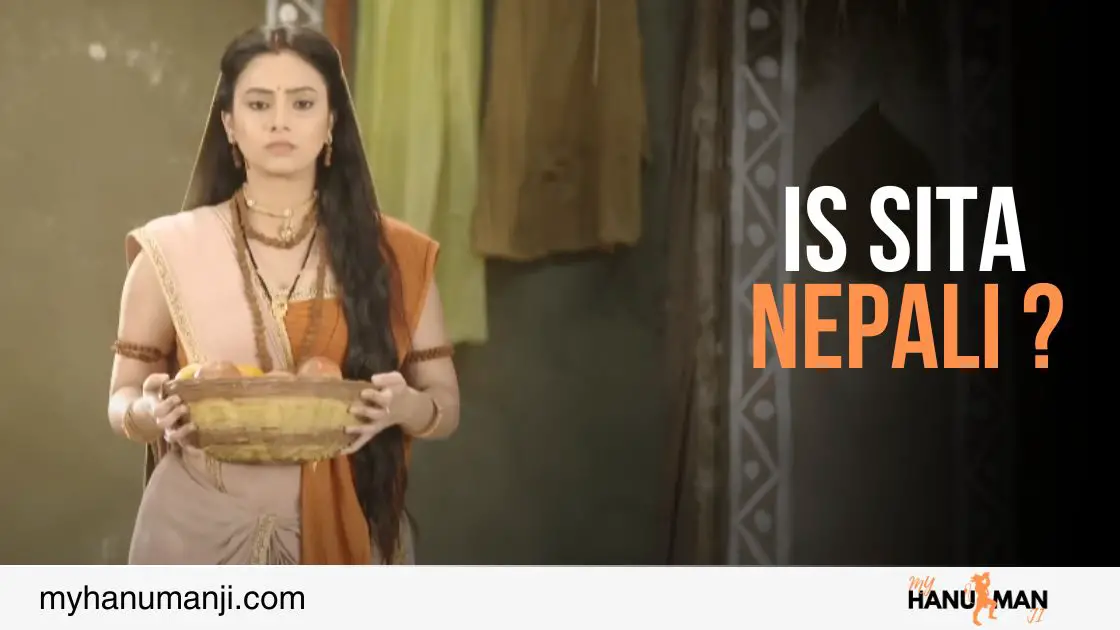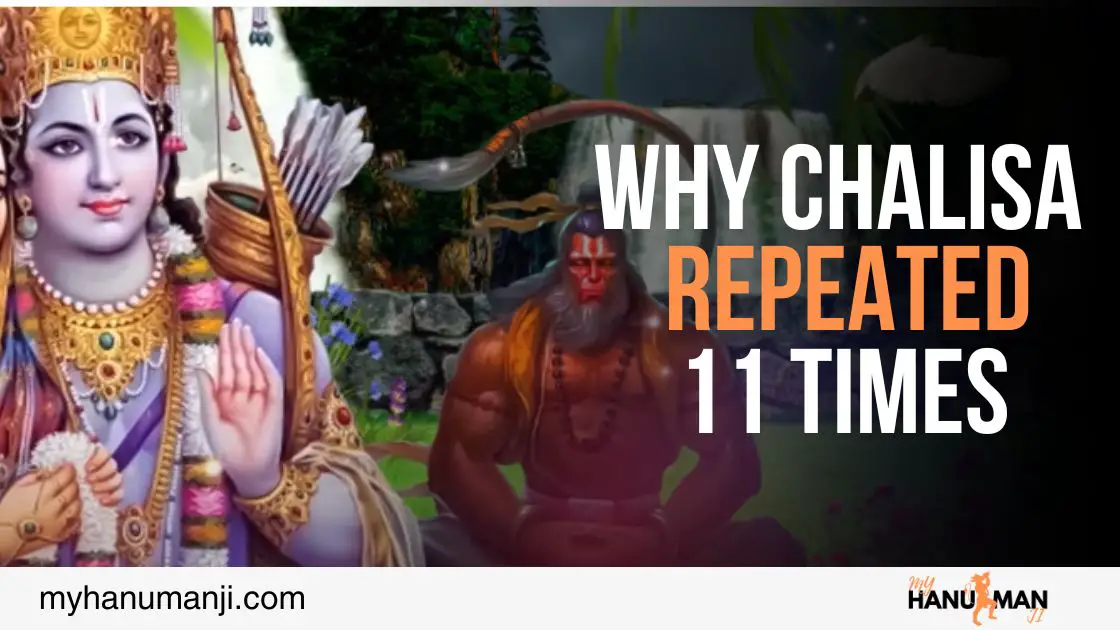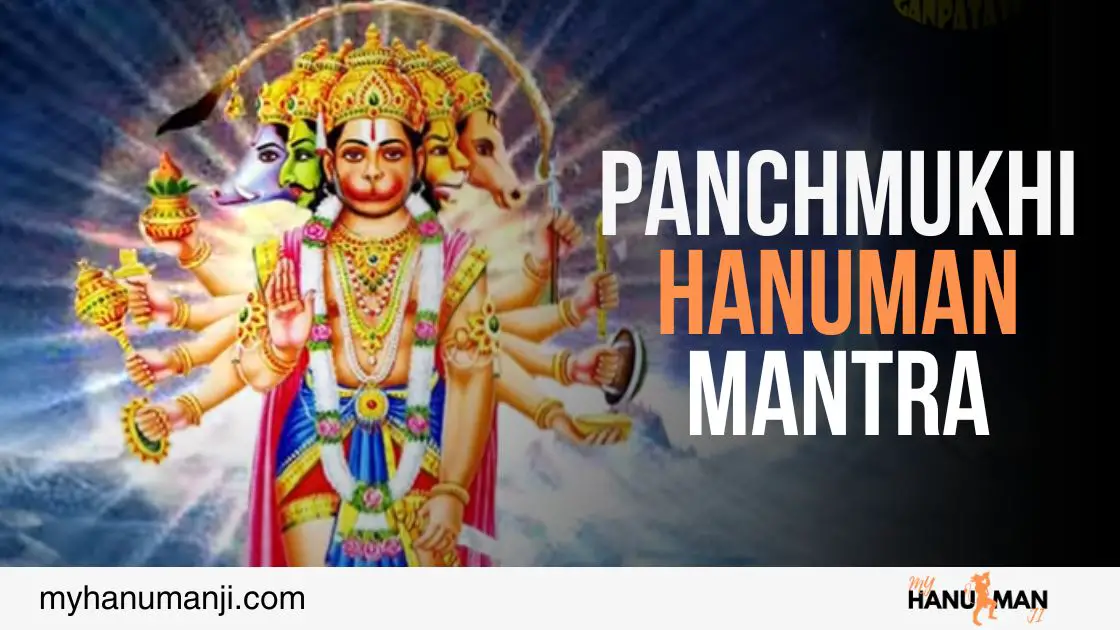Sita, the beloved character from the Hindu epic Ramayana, holds a special place not only in Indian mythology but also in Nepali folklore. Her story transcends borders and has become an integral part of Nepali culture. That’s why a common question can be raised, Is Sita Nepali? In this blog, we will explore the Nepali connection to Sita and delve into the captivating tale of her life. Join me on this journey as we uncover the rich Nepali heritage surrounding Sita and the impact she has had on the people of Nepal.
Sita in Nepali Folklore
In Nepal, Sita is revered as the ideal woman, embodying virtues such as purity, devotion, and strength. Her story is deeply ingrained in Nepali folklore and has been passed down through generations. Nepali literature, art, and music often depict Sita’s trials and tribulations, showcasing her resilience and unwavering faith.
Sita’s Connection to Janakpur
Janakpur, a city in southern Nepal, is believed to be the birthplace of Sita. According to Hindu mythology, King Janaka of Mithila, the ruler of Janakpur, discovered Sita while plowing the fields. This event is celebrated every year during the festival of Bibaha Panchami, which commemorates the marriage of Sita and Lord Ram.
Janaki Temple, located in Janakpur, is a significant pilgrimage site for Hindus and stands as a testament to Sita’s connection to the region. The temple is dedicated to Sita and is adorned with intricate carvings and beautiful artwork depicting scenes from her life.
The Vivah Panchami Festival
The Vivah Panchami festival, celebrated in Janakpur and other parts of Nepal, marks the auspicious day of Sita and Ram’s wedding. It falls on the fifth day of the waxing moon in the month of Margashirsha (November-December). Devotees gather at Janaki Temple to witness the reenactment of Sita and Ram’s wedding ceremony, accompanied by colorful processions, music, and dance.
The festival brings together people from all walks of life, creating a vibrant atmosphere of celebration and devotion. It serves as a reminder of the eternal bond between Sita and Ram and the values they represent.
Sita’s Influence on Nepali Art and Culture
Sita’s story has inspired countless works of art, literature, and music in Nepal. Traditional Nepali folk songs, known as “bhajans,” often narrate the tales of Sita’s love, sacrifice, and unwavering devotion to Lord Ram. These bhajans are sung during religious ceremonies, cultural events, and even in everyday life, keeping the spirit of Sita alive in the hearts of the Nepali people.
Nepali artists have also depicted Sita’s story through various art forms, including paintings, sculptures, and murals. These artworks not only showcase the artistic talent of Nepali artisans but also serve as a visual representation of Sita’s journey and the values she embodies.
Sita’s Relevance in Modern Nepal
Despite the passage of time, Sita’s story continues to resonate with the people of Nepal. Her character represents the strength and resilience of Nepali women, who draw inspiration from her unwavering devotion and courage. Sita is seen as a symbol of empowerment, reminding women to embrace their inner strength and stand up for their rights.
In recent years, there has been a renewed interest in Sita’s story, with cultural organizations and scholars working to preserve and promote Nepali folklore related to her. This resurgence aims to ensure that future generations remain connected to their cultural heritage and understand the significance of Sita’s role in Nepali society.
Conclusion
Sita’s story has captivated the hearts and minds of people across Nepal. Her connection to Janakpur, the vibrant celebrations during the Vivah Panchami festival, and her influence on Nepali art and culture all contribute to the rich tapestry of Sita’s legacy in Nepal. So, we have got the answer of, Is Sita Nepali or not. As we embrace her story, we honor the values she represents and find inspiration in her unwavering devotion, strength, and resilience.




